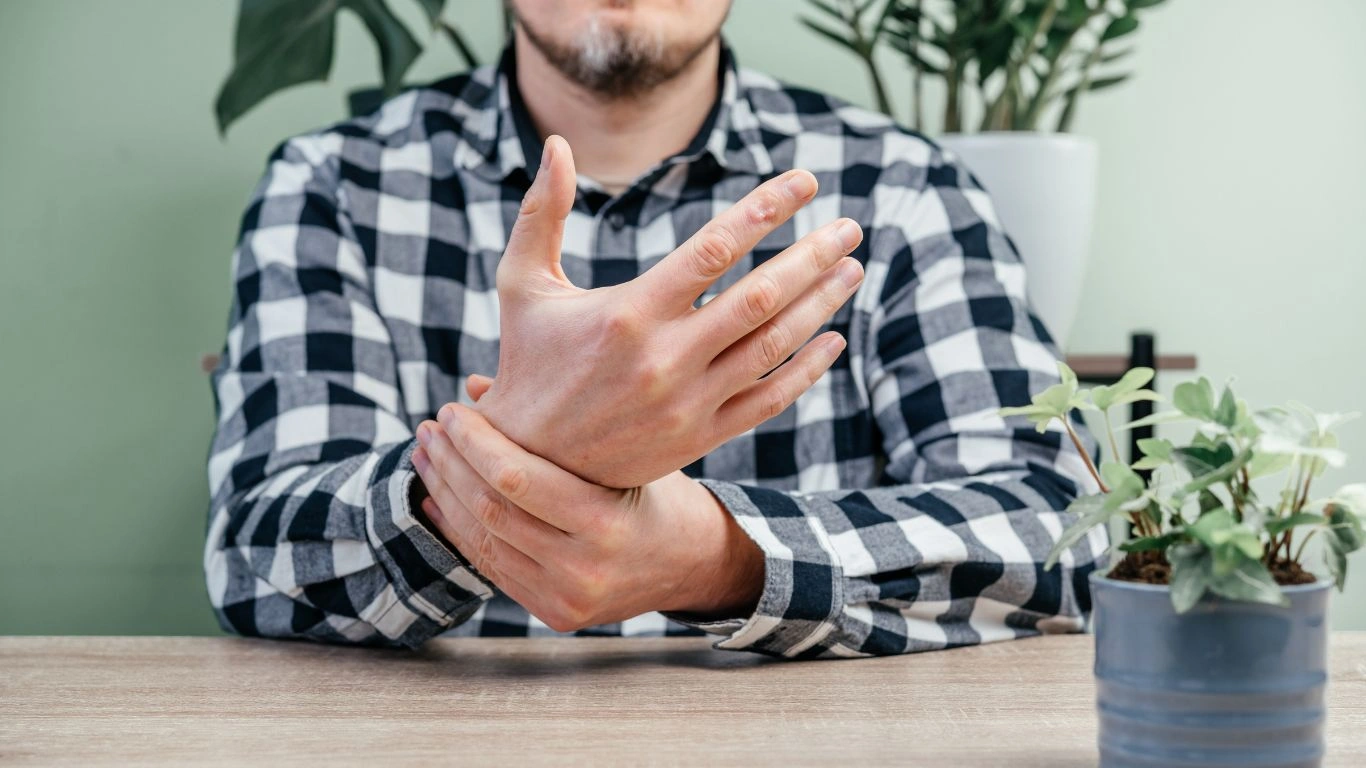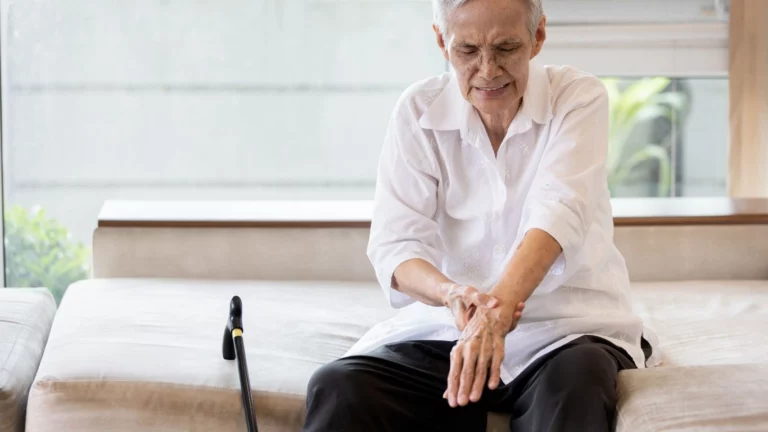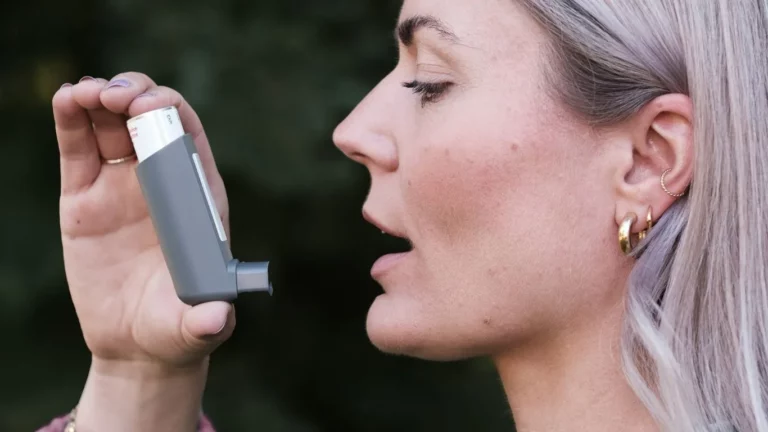Discover How Rheumatoid Arthritis Affects Hobbies and Solutions
Living with Rheumatoid Arthritis (RA) can be a daily challenge, especially when it starts to affect the things that bring joy and fulfillment into your life—your hobbies. If you’re someone who enjoys activities like painting, knitting, gardening, or even playing sports, you know that RA can make those simple joys feel like an uphill battle. It’s not just about the physical pain and discomfort, but also about the mental toll it can take when you feel like you can’t do the things you once loved.
As someone with years of experience in diagnosing and treating this condition, I can tell you that it’s possible to continue engaging in hobbies despite the challenges RA presents. But it requires understanding, planning, and some changes in how we approach these activities. Let’s dive into how Rheumatoid Arthritis impacts hobbies and, more importantly, how you can adapt to keep doing what you love.
Understanding Rheumatoid Arthritis and Its Impact on Daily Life
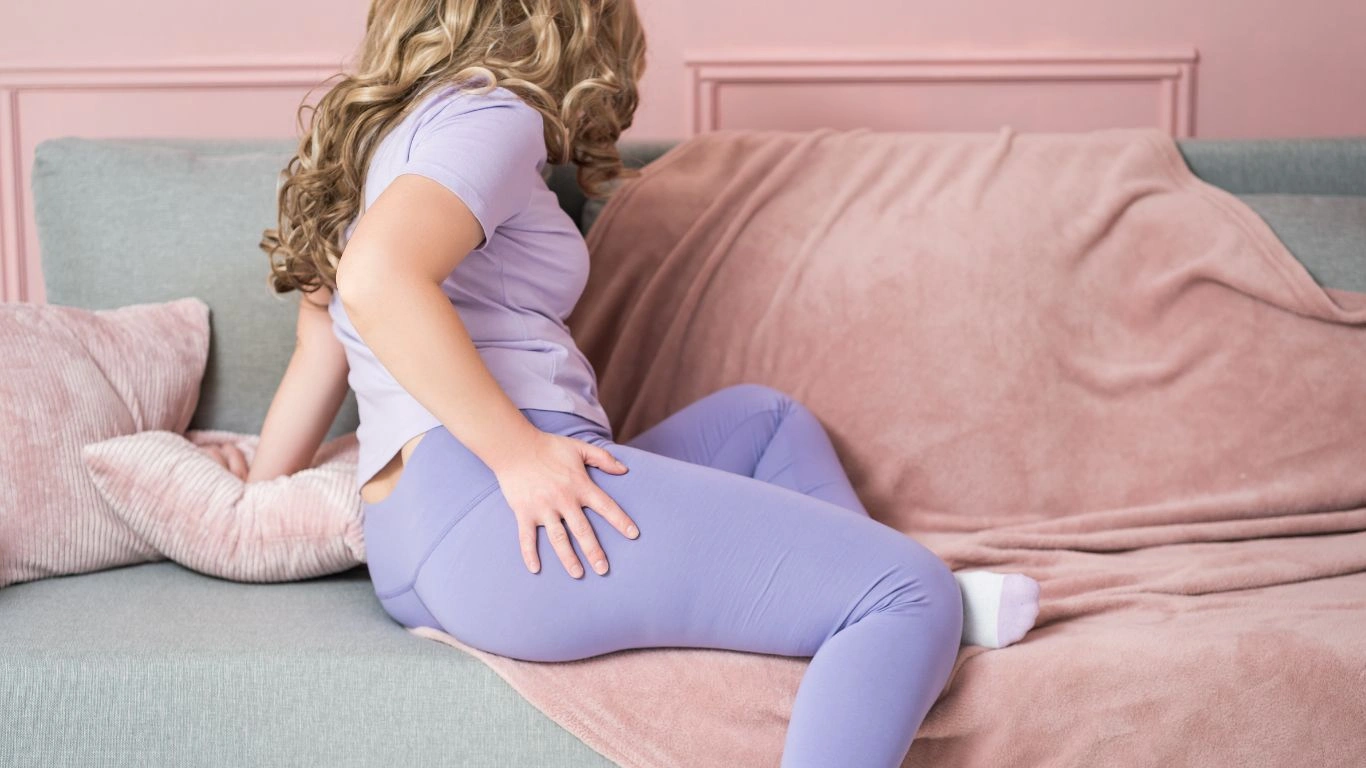
Rheumatoid Arthritis is an autoimmune condition where the body’s immune system mistakenly attacks the joints, leading to inflammation, pain, and swelling. Over time, this inflammation can cause joint damage and lead to difficulty with mobility and flexibility. This can make even simple tasks—like opening a jar, typing on a keyboard, or holding a paintbrush—seem nearly impossible. But did you know that RA affects more than just your physical abilities? It can also influence your emotional well-being, leaving you feeling frustrated, anxious, or even depressed. When you combine the physical pain with the emotional strain, it’s no wonder that hobbies, which are meant to bring pleasure, can feel like a burden.
However, RA doesn’t have to completely take over your life. By making adjustments and having the right mindset, you can still pursue the things that bring you joy. I’ve seen patients struggle with the loss of their hobbies, but I’ve also witnessed their resilience when they make the decision to adapt and keep pushing forward. Whether it’s through modified techniques, using supportive tools, or even finding new ways to engage with your hobbies, there’s always a way to continue enjoying life to its fullest.
Rheumatoid Arthritis and its Impact on Hobbies
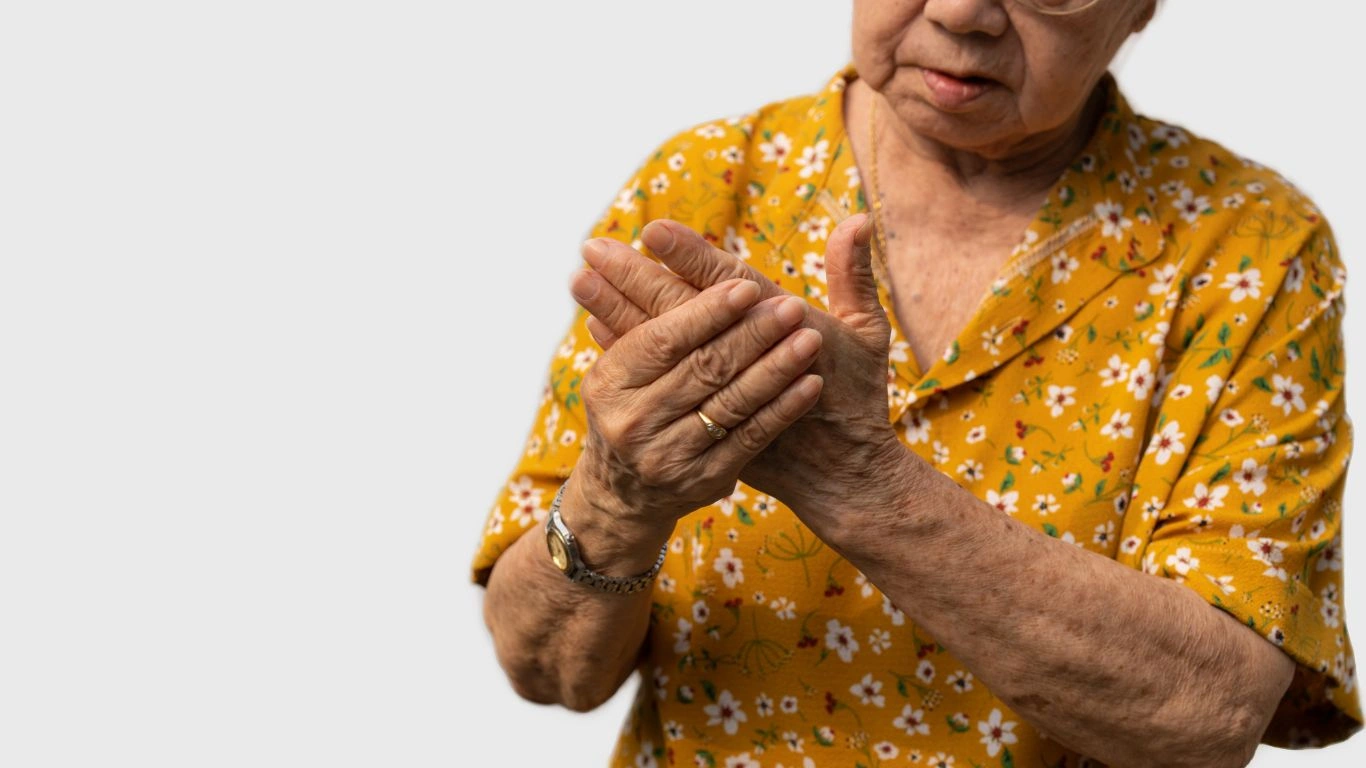
Physical Limitations: The Real Struggle
When it comes to RA, one of the biggest challenges people face is dealing with the physical limitations caused by the condition. Joint pain, stiffness, and fatigue are the primary culprits that can turn a once-joyful activity into an exhausting one. For example, someone who loves to knit may find it hard to grip the needles for long periods due to swelling in the fingers. Similarly, a passionate gardener might struggle to hold gardening tools or bend down to plant flowers.
It’s essential to recognize that these physical changes don’t have to mean giving up your hobbies completely. There are plenty of ways to modify your activities so you can still enjoy them without overexerting yourself. In fact, some people find that their hobbies help manage RA symptoms, providing both a mental escape and a sense of accomplishment despite physical challenges.
Adapting Your Hobbies: Small Changes for Big Impact
Sometimes, the key to keeping up with hobbies while managing Rheumatoid Arthritis lies in simple adaptations. You don’t need to give up the things you love, but you may need to adjust how you do them. Let’s look at some examples:
- Knitting and Crocheting – Use ergonomically designed knitting needles or crochet hooks that reduce strain on your hands and wrists. You can also take frequent breaks to avoid overexertion and fatigue.
- Gardening – Invest in tools with longer handles to reduce bending and strain. Raised garden beds can make it easier to tend to plants without putting pressure on your joints.
- Painting or Drawing – If gripping a paintbrush is difficult, you might consider using wider brushes or even adapting the way you hold the brush to make it more comfortable.
These small changes can make a world of difference in terms of comfort and enjoyment. And let’s not forget the mental boost! Being able to continue doing what you love, even in a modified way, can make you feel more like yourself and less like your condition is defining you.
The Power of Rest: Don’t Overdo It
RA can often leave people feeling physically drained, and that’s where rest comes into play. The importance of pacing yourself cannot be overstated. It’s tempting to push through when you’re engaged in a hobby, but overexertion can lead to flare-ups and increased pain. Take breaks when you feel you’ve had enough, and listen to your body. It’s important to be mindful of your energy levels, and remember that rest is an essential part of managing RA effectively.
Emotional Strain: The Mental Toll of RA on Hobbies

While the physical limitations are front and center, the emotional impact of RA shouldn’t be overlooked. The frustration of not being able to participate in hobbies that once brought you joy can be just as debilitating as the pain itself. Feeling like you’ve lost a part of yourself can be emotionally overwhelming, leading to feelings of isolation and sadness.
But don’t lose hope. I’ve worked with many individuals who found a renewed sense of purpose and joy by adapting their hobbies and discovering new ways to engage with them. Sometimes, it’s about letting go of the past and accepting where you are now. The key is not to view these changes as losses, but rather as opportunities to explore new possibilities. Whether it’s discovering a new hobby that’s more RA-friendly or finding ways to reconnect with your old favorites, there’s always a path forward.
The Mental Benefits of Hobbies for RA Patients
One of the silver linings of RA is that hobbies can provide a much-needed mental and emotional escape. Engaging in activities you enjoy, even in a modified way, can reduce stress, lift your mood, and improve overall well-being. The concentration and focus required for activities like painting or reading can take your mind off pain and help reduce anxiety. When you find ways to stay connected with your hobbies, you’re also fostering a positive mindset, which is vital for managing any chronic condition like RA.
New Hobbies and Discovering Your Passion Again
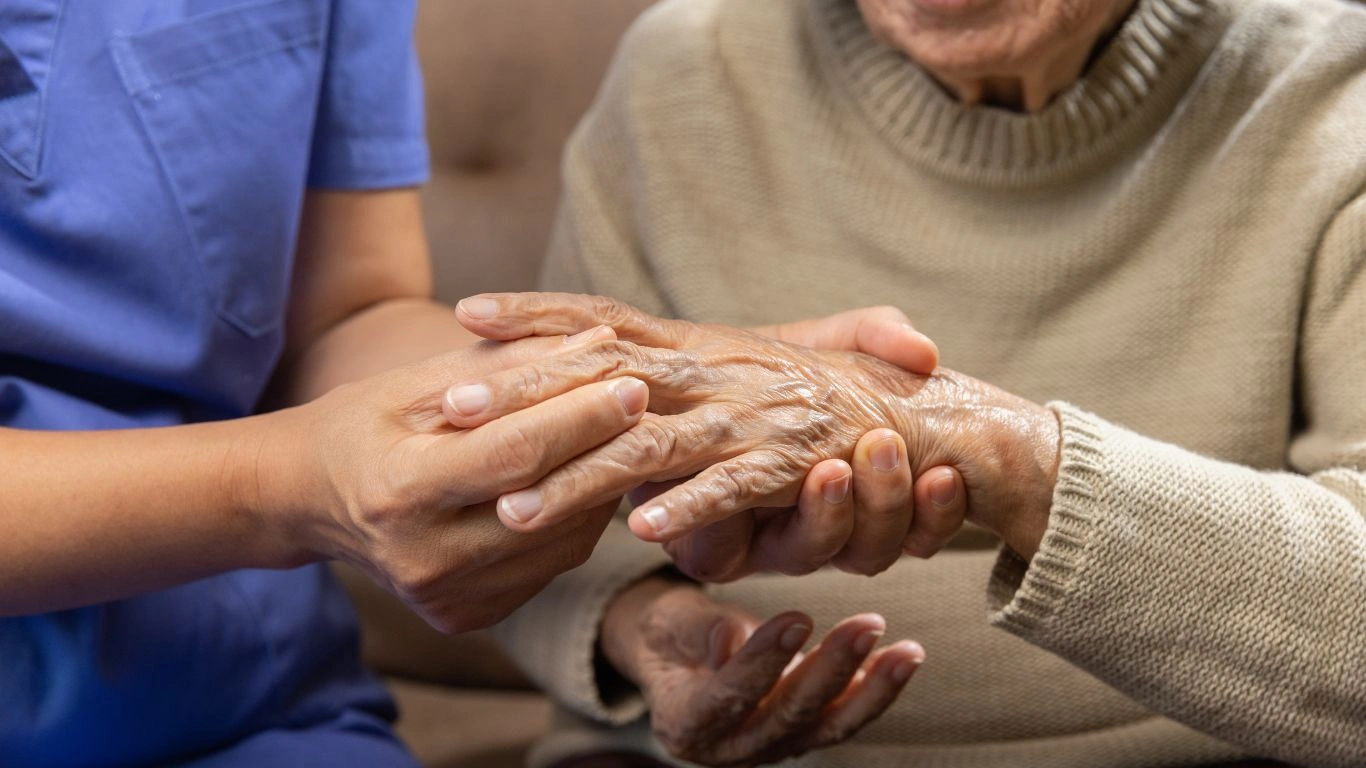
While adapting your current hobbies is important, sometimes RA pushes us to explore completely new interests. If you’re finding it difficult to continue with the hobbies you once loved, it might be time to get creative and try something new. The idea of starting fresh might feel intimidating, but trust me—it’s not all bad! In fact, it could open up a whole new world of joy and satisfaction. The best part? You don’t need to worry about the past, and you get to carve out a new space where you feel empowered and in control.
Finding the Right Fit: New Hobbies That Don’t Feel Like Work
Let’s face it—sometimes you just don’t feel like struggling through a hobby you loved before. And that’s perfectly fine. With RA, it’s important to listen to your body and mind, and if something doesn’t spark joy anymore, don’t be afraid to switch it up. Some hobbies are less physically demanding and can provide just as much satisfaction.
For example, if painting or knitting is no longer comfortable, why not try something more passive, like photography? It requires minimal movement, and you can get as creative as you want without putting a strain on your joints. Similarly, if you miss the outdoors but can’t handle gardening anymore, maybe birdwatching or even nature walks (at a slow pace) could be a relaxing and enjoyable substitute.
Low-Impact Activities That Work for RA
If you still want to stay physically active but without the strain on your joints, there are plenty of low-impact activities that can help you stay moving while keeping RA symptoms in check. Let’s take a look at a few options:
- Swimming – The buoyancy of water can take the pressure off your joints while still providing an excellent full-body workout. You can swim at your own pace, whether it’s a few laps or some gentle water aerobics.
- Yoga or Pilates – Both are gentle on the body and can help improve flexibility, strength, and mental clarity. Many yoga classes are tailored specifically for people with RA, focusing on gentle stretches that promote joint health.
- Walking – Sometimes, a simple walk can do wonders for your body and mind. If hiking in the mountains is too much, there’s no harm in a leisurely stroll around the neighborhood or even at a local park.
The key with any new low-impact activity is to start slowly. Be kind to your body, and remember to give yourself permission to take breaks when needed. It’s about finding balance and building a routine that works for you.
RA-Friendly Tools and Resources

One of the best things about today’s world is that there’s a wealth of resources and tools designed to make life easier for people with RA. There are tools available that can help you keep up with your hobbies without causing extra strain on your joints. If you’ve been hesitant to try again because of physical limitations, I encourage you to explore these options.
Adaptive Tools for Crafts and Hobbies
From ergonomic grips to special gadgets, adaptive tools can make a world of difference when it comes to hobbies like knitting, painting, or crafting. For example, there are:
- Ergonomic scissors – These are designed to fit comfortably in your hand and require less force to cut.
- Pen and pencil grips – Special grips make it easier to hold pens or brushes without straining your fingers.
- Adjustable easels – For those who love to paint, an adjustable easel can help you work comfortably without bending or straining your neck or back.
If you’re unsure where to start, a quick search online or a visit to your local medical supply store can introduce you to a whole host of tools and gadgets that can help you adapt your hobbies to RA.
Digital Resources: Apps and Online Communities
We live in an age where technology has made everything more accessible, and hobbies are no exception. There are many apps and online communities specifically designed for people with RA, offering support and ideas on how to modify your activities. Some apps track your symptoms, while others provide virtual support groups or suggest RA-friendly activities. Joining an online community can be an excellent way to connect with others who are facing similar challenges, share tips, and get inspiration.
Additionally, apps like “Pain Coach” or “MyRA” can be great tools to help you monitor your health and offer customized advice. Finding a supportive community and knowing that others understand your struggles can be incredibly uplifting. It’s a reminder that you’re not alone in this journey!
Understanding the Mental Health Aspect of Hobbies with RA

When it comes to managing a chronic illness like RA, the mental aspect can often be overlooked. But believe me when I say it’s just as important as managing the physical symptoms. Engaging in hobbies not only provides physical benefits, but it’s a huge boost to your mental health, too.
Let me share a bit of personal experience: I’ve had many patients tell me that picking up a hobby again helped them feel like themselves again. There’s something powerful about taking the time to focus on something that brings joy and purpose. Whether it’s the creative process of painting or the sense of accomplishment from completing a craft project, hobbies allow you to regain a sense of control that RA might otherwise take away.
Mindfulness and Hobbies: A Powerful Combo
Another way to support your mental health while managing RA is through mindfulness. Combining mindfulness practices with hobbies can create a calming effect, reduce stress, and even lessen the perception of pain. Whether you’re focused on the strokes of a paintbrush or the rhythm of your knitting needles, these moments of presence can help you manage the mental load of living with RA.
Some individuals even incorporate meditation or breathing exercises into their creative hobbies, allowing them to stay grounded and connected to the moment. Over time, these practices not only help with pain management, but they also promote emotional well-being, which is crucial in maintaining a positive outlook when dealing with a chronic condition.
Ultimately, the mental benefits of hobbies should never be underestimated. They are just as important as the physical benefits, and finding a balance that supports both aspects of your health is essential.
Case Studies & Real-Life Examples

Sometimes, hearing from others who have gone through similar experiences can be incredibly motivating. Below are a few real-life examples from individuals I’ve worked with who faced the challenge of continuing their hobbies while managing Rheumatoid Arthritis. These stories might inspire you to keep going with your passions, no matter the obstacles.
Example 1: Julia’s Journey with Painting
Julia, a 55-year-old woman who had been an avid painter for most of her life, was devastated when RA made it increasingly difficult for her to hold a paintbrush for long periods. She found that her hands would cramp and her fingers would stiffen, leading her to put away her paint supplies for months. However, Julia was determined not to let RA steal her passion for art.
After consulting with me and discussing her options, we worked together to find a solution. Julia invested in larger, ergonomically designed paintbrushes with cushioned grips to ease the strain on her hands. She also started using a more supportive chair and adjustable easel that helped her paint while sitting comfortably. Today, Julia is back to creating beautiful artwork, and she’s even considering selling her paintings at local art fairs. Her persistence is a powerful reminder that adaptations can help reignite old passions.
Example 2: David’s Love for Gardening
David, a 60-year-old man who had always found peace in gardening, felt his love for the hobby starting to slip away as his RA symptoms progressed. Bending down to plant flowers or pull weeds became too painful, and gripping gardening tools became increasingly difficult. David didn’t want to give up his garden, but he wasn’t sure how to keep up with the physical demands.
With some adjustments, David found a way to continue doing what he loved. He invested in raised garden beds, which allowed him to stand while gardening, reducing the strain on his back and knees. He also switched to lightweight tools with longer handles, so he didn’t have to crouch down or use excessive force. Now, David enjoys gardening more than ever, and he takes pride in showing off his blooming flowers to friends and family. His story proves that it’s not about giving up, but about finding ways to adapt your hobbies to fit your new reality.
Key Takeaways: What You Need to Remember
Now that we’ve explored the many ways Rheumatoid Arthritis can impact your hobbies, let’s go over some key takeaways to help you navigate this journey:
- Adaptation is Key: You don’t have to give up your hobbies. With the right tools, techniques, and mindset, you can modify activities to continue enjoying them.
- Listen to Your Body: It’s important to be in tune with your body and recognize when you need to take breaks. Overexertion can lead to flare-ups, so be kind to yourself and pace your activities.
- Explore New Hobbies: RA can be a chance to try new activities. If your old hobbies are no longer a good fit, there are plenty of low-impact, creative options to discover.
- Mindfulness Matters: Engaging in hobbies mindfully can help reduce stress and improve both your physical and emotional well-being. It’s a powerful tool in managing RA.
- Don’t Be Afraid to Ask for Help: Whether it’s seeking advice from healthcare providers, looking for adaptive tools, or joining online communities, support is out there. You don’t have to do it alone.
FAQs
1. Can I still paint or knit with Rheumatoid Arthritis?
Yes! While RA can make these activities more difficult, there are many ways to adapt. Using ergonomic tools, taking frequent breaks, and modifying your posture can all help you continue enjoying these hobbies. Start slow and listen to your body to avoid overexertion.
2. Are there any low-impact hobbies that are RA-friendly?
Absolutely. Some great low-impact hobbies include swimming, yoga, photography, and even birdwatching. These activities can help you stay engaged without putting excessive strain on your joints.
3. How can I manage the emotional toll of RA on my hobbies?
It’s important to acknowledge and validate your feelings. If you’re struggling with your hobbies, don’t be afraid to seek support, either through counseling, online communities, or mindfulness practices. The mental and emotional benefits of staying connected to your hobbies can be just as important as the physical benefits.
4. Are there any specific tools that can help me continue doing my hobbies?
Yes, there are many adaptive tools designed for people with RA. Ergonomic scissors, padded grips, adjustable easels, and long-handled gardening tools are just a few examples of items that can make your hobbies more accessible.
Bonus: Additional Resources or DIY Tips
If you’re ready to make changes to your hobbies, here are some additional resources and DIY tips to help you get started:
- RA Support Groups: Joining an online or in-person support group can provide valuable insights and encouragement. Connecting with others who understand what you’re going through can be a huge mental boost.
- DIY Modifications: If you’re crafty, consider modifying your current tools. For example, adding cushioned grips to your knitting needles or using Velcro straps to make it easier to hold a paintbrush can be simple but effective changes.
- Workshops and Classes: Many art studios or fitness centers offer workshops designed specifically for people with RA. Whether it’s adaptive painting classes or gentle yoga sessions, these can provide you with the support you need to continue your hobbies.
Appendix: Table, References, Disclaimer, and Call to Action
References:
Disclaimer: The information provided in this article is not intended as medical advice. Please consult with your healthcare provider before making any changes to your routine or treatment plan.
Call to Action: If you’re ready to start adapting your hobbies and living life fully despite RA, I encourage you to take small steps. Whether it’s finding new tools, exploring new interests, or simply reaching out for support, you can continue doing the things you love. Don’t wait for the perfect moment—take action today to make life with RA more enjoyable!

Tarra Nugroho is a dedicated Nurse Practitioner with a strong foundation in family and preventive care. She brings both compassion and clinical expertise to her practice, focusing on patient-centered care and health education. As a contributor to Healthusias.com, Tarra translates medical knowledge into clear, empowering articles on topics like women’s health, chronic disease management, and lifestyle medicine. Her mission is simple: help people feel seen, heard, and informed—both in the clinic and through the content she creates. When she’s not caring for patients, Tarra enjoys weekend hikes, plant-based cooking, and curling up with a good health podcast.
